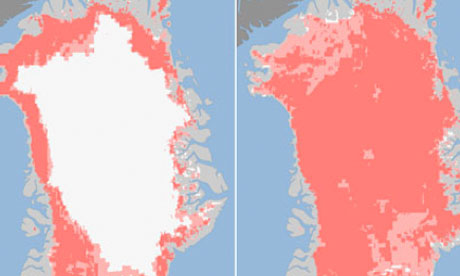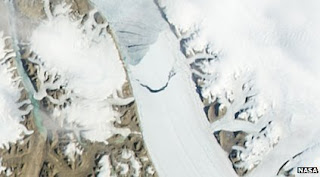If lobster is your thing, there’s never been a better time to splurge. Prices are at 30-year lows — below what lobstermen need to charge just to break even.
But they’re not coming from Connecticut. Aside from that 17-pounder liberated from a Niantic restaurant last week, the lobster situation in Long Island Sound is dire. After a spate of die-offs, the haul is about 1 percent of what it was just over a decade ago.
Lobstering is, or was, big business around here. And there have been all sorts of studies and efforts aimed at figuring out what happened, most focused on pesticides that find their way into the Sound. But there’s been nothing conclusive, so more studies are in order.
But there is a more plausible explanation that is for some reason considered controversial: Long Island Sound, like oceans and seas around the world, is heating up because of global climate change. What was once a hospitable habitat for lobsters is now, for the most part, too warm to support them in large numbers.
They’re doing fine just up the coast. It is true that Sound waters don’t circulate as well as the open ocean, but there’s no reason to think pesticides in Maine are any different than the ones we have here. The glut up there is sending prices so low this summer that some lobstermen say it doesn’t pay to catch them.
Experts here have noted that the die-offs have come in years when water temperatures increased. The pesticides don’t help, but it’s hard to see what another round of studies would tell us.
The global-warming-denial industry has gone through a few iterations. For a while it meant acknowledging the rising trend in temperatures but questioning humans’ role in making it happen. Lately, though, the data itself is questioned, which leads to supposed experts trying to deny that it’s hot outside, with every run of cool weather held up as proof that all the science is wrong.
It would be one thing if these were fringe attitudes, but there are U.S. senators pushing this line.
It’s never been clear just what the conspiracy theorists think is in it for the global-warming pushers. What are we supposed to get by believing this? On the other hand, anyone willing to claim it’s all a big hoax is welcomed with open arms by people who stand to profit by that sort of thing.
They don’t need to convince the public. They just need to sow some doubt. Make climate change seem controversial, as if it’s all still up in the air, and no one really knows for sure what’s going on out there. But we do know. And we know making necessary changes could cost certain people some big money.
So we do nothing. And eventually we’ll all pay.
And, sure, the fact that Greenland is melting into the ocean could be happenstance. The drought hitting most of the U.S. could be a coincidence. And maybe there’s something else to blame for all those lobsters dying.
But what we shouldn’t pretend is that this is some long-term hypothesis. This is happening now. It’s affecting the economy, right here in Connecticut. That’s a hundred-million-dollar lobstering industry in shambles, and it won’t be the last one to go.
In a saner world, this would be the talk of the presidential campaign. But since neither side is interested in tackling the issue, we’ll just keep ignoring it.
Officials and homeowners met in Fairfield last week to brainstorm ways to slow beach erosion caused by rising water levels. Expect a lot more of these kind of meetings in coming years.












